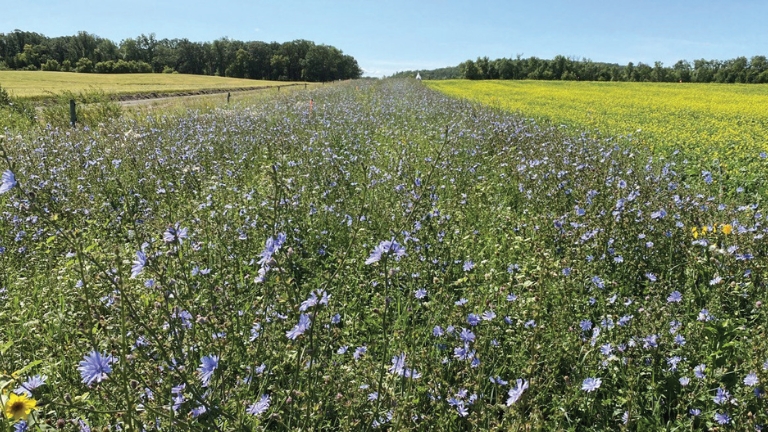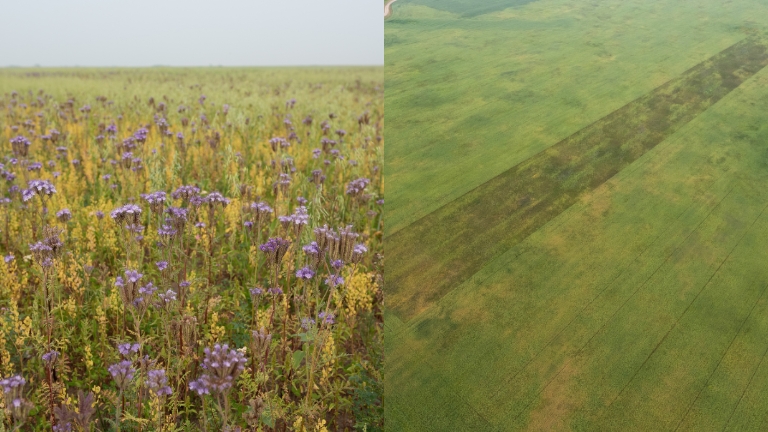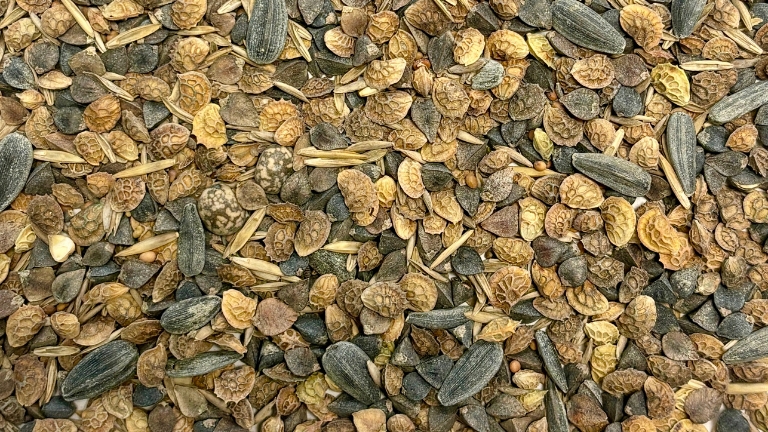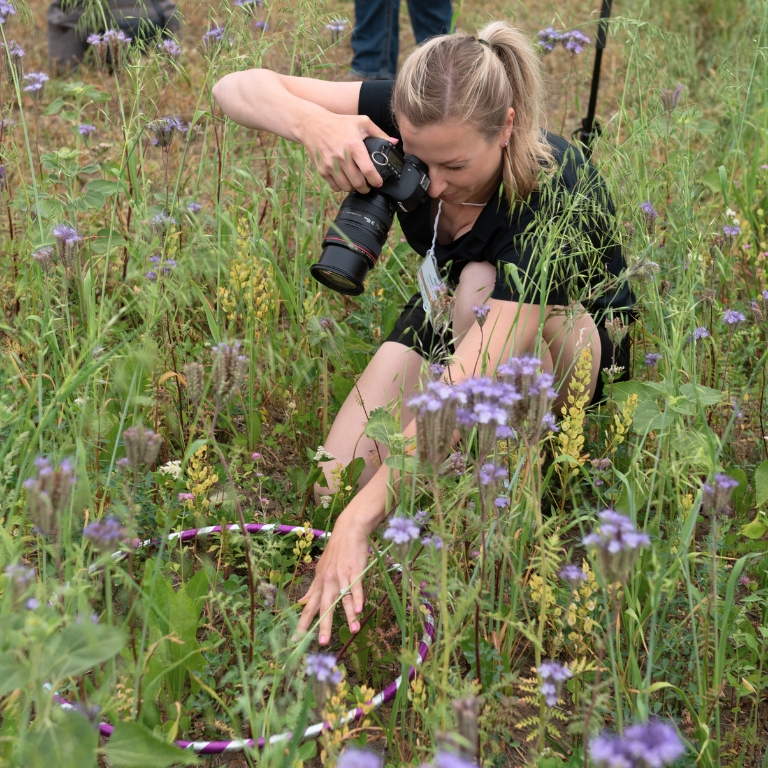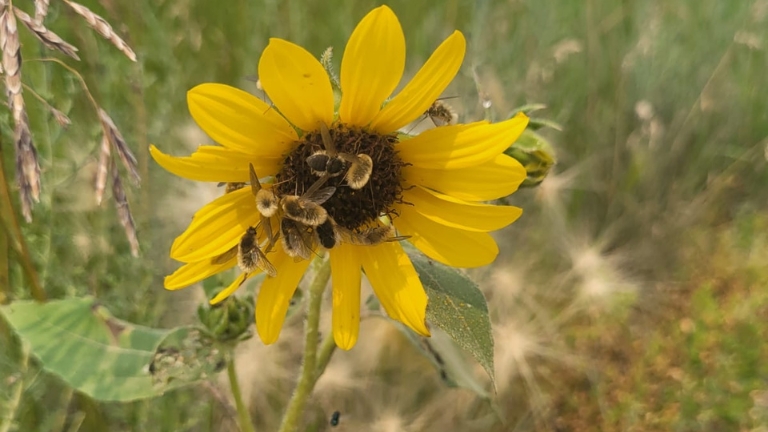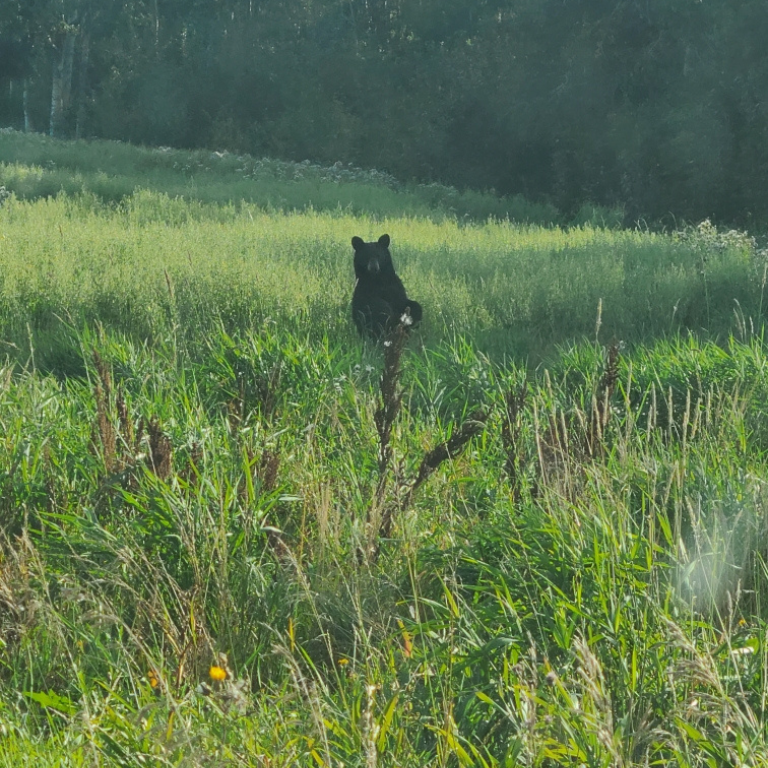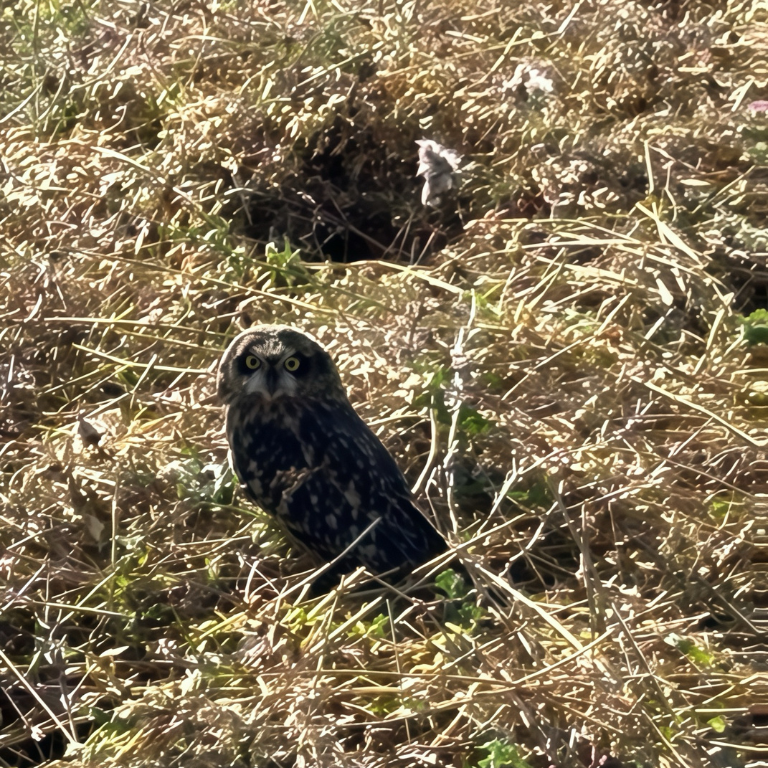Project Background
As century-old prairie farms are bought up, traditional farmyards with their shelter belts and trees are being torn down and the surrounding bush cleared. These traditional farmscapes, with their wealth of biodiversity, once provided the ideal setting for bees and beekeepers.
The loss of biodiversity has had other impacts as well, including reduced seed set, loss of soil quality, and increased pest pressure.
Prairie farmers are beginning to experiment with a practice known as ‘pollinator strips’. This technique not only enhances biodiversity, but it can also act as a ‘buffer zone’ to protect water bodies and increase soil moisture – an important consideration as North American summers become hotter and drier.
